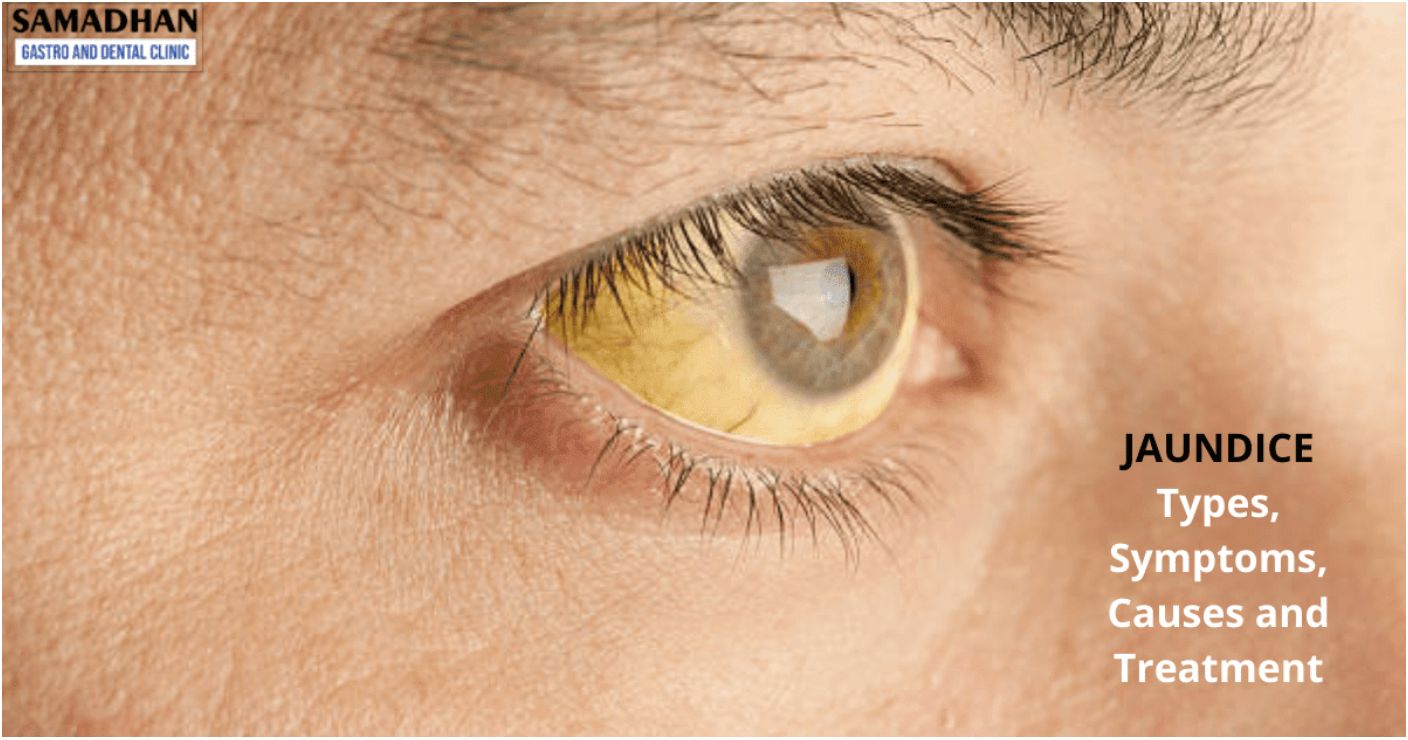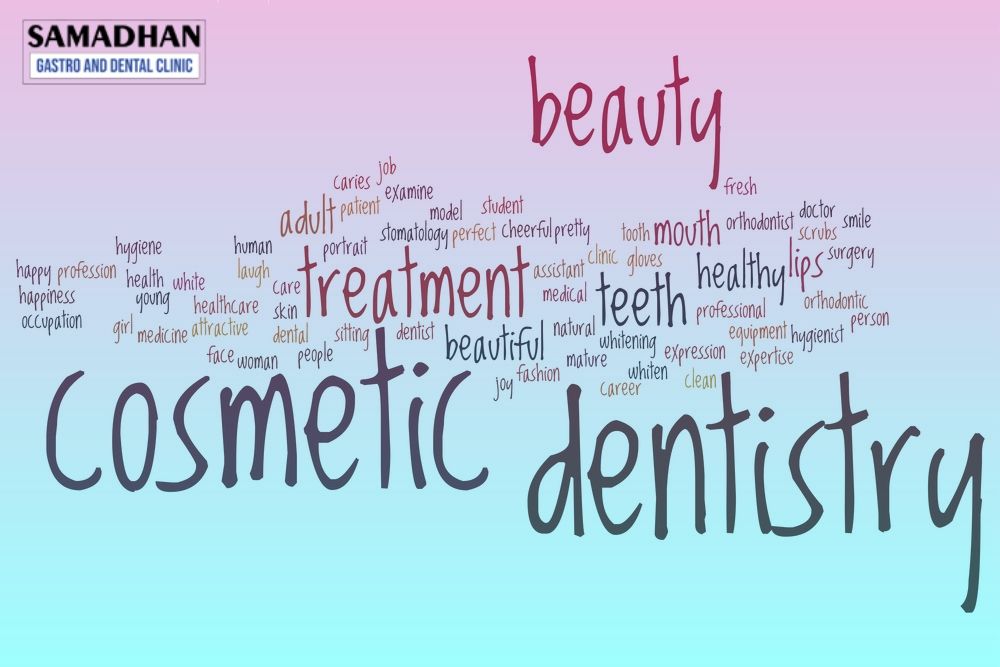Jaundice: Know about its types, symptoms, cause, and Treatment

Jaundice, also known as icterus is a disease-induced condition most commonly detected in neonatal babies. The tendency of jaundice occurrence in newborns is over 50-60%, while as much as 80% of cases are found in premature babies. However, it also occurs in adults and geriatric patients equally. The irregular increase of bilirubin, a yellowish substance found in the blood, when remains unprocessed makes the skin color turn yellow. It can have serious implications on health if the jaundice treatment is delayed, in some cases, even leading to death. Not to mention, Richard Cremer successfully found the use of phototherapy (or sunlight as medication) in jaundice treatment in the 1950s.
What is Jaundice?
The medical condition of skin turning yellow due to excess bilirubin in the body is what is commonly known as jaundice in medical terms. Also, jaundice can be an initial signal to other bodily disorders related to malfunctioning of blood cells, gallbladder, liver, pancreas, etc. Bilirubin is formed in our blood as a result of the breaking down of the dead red blood cells. This bilirubin is led out of the body by the liver. However, in the case of the overproduction of bilirubin, the excess quantity fails to be processed out. This is when the yellowish bilirubin accumulates in our body, and the skin looks pale or yellow as an effect of it.
Types of Jaundice?
Jaundice occurrence in patients is broadly classified into the following types.
1. Hepatocellular jaundice
Liver diseases, injuries, or infections are the primary reasons for hepatocellular jaundice. The damaged liver cells are unable to perform regular processing and transporting of bilirubin diglucuronide to the next step - the biliary system. Consequently, the excess yellow bilirubin flows into the bloodstream, which later on causes hepatocellular jaundice.
2. Hemolytic jaundice
In these conditions, there is an abnormally faster breakdown of red blood cells than the amount of bilirubin generally processed by the liver. When bilirubin is produced in excess quantity in the system, and not much of it can leave the body, patients suffer from what is called hemolytic jaundice. The liver specialist doctor in Dwarka, expertise in treating these types of jaundice conditions, thereby bringing back the functionality of the liver to normal.
3. Obstructive jaundice
In this condition, there is an obstruction in the elimination of the bile content (bilirubin) from the liver. So these waste products return to the bloodstream, causing jaundice. With definitive jaundice treatment for treating the primary cause of obstructive jaundice, doctors can cure it.
4. Pre-hepatic Jaundice
This type of jaundice causes an unprecedentedly high amount of red blood cell breakdown. It restricts the liver’s ability to excrete out the conjugated bilirubin, leading to hyperbilirubinemia. Although some amount of the bilirubin is pushed out of the body by combining with stool, there remains a large quantity of unconjugated bilirubin circulating with the blood in our entire body, which is later period causes jaundice. Hemolytic anaemia, Gilbert’s syndrome, and Crigler-Najjar syndrome, and many others trigger pre-hepatic jaundice. For pre-hepatic jaundice treatment, concerned liver experts medicate to control these underlying causes.
5. Post-hepatic Jaundice
Hyperbilirubinaemia caused due to the failure of processing out the excess conjugated bilirubin by the liver. When the natural excretion of bilirubin is restrained for a certain time, this results in causing post-hepatic jaundice. Our best liver doctor in Dwarka helps patients who seek jaundice treatment for the post-hepatic condition and have it and the root cause in many.
Symptoms of Jaundice
One of the characteristic symptoms of jaundice is the yellow color skin and the sclera of eyes. It is accompanied by fatigue and vomiting. If jaundice takes a severe form, the urine becomes dark-colored stool becomes pale colored.
Causes of Jaundice
Jaundice is a condition caused by several factors, which include:
1. Hepatitis A, B, C, D & E
Hepatitis or inflammatory liver disease triggers the jaundice occurrence in our body. To be precise, all types of Hepatitis -namely Hepatitis A, B, C, D & E- obstruct the normal functioning of the liver thereby reducing bilirubin removal from it, which later on results in jaundice.
2. Thalassemia
Thalassemia is an inherited disease in which people suffer from inadequate hemoglobin in their body. Since hemoglobin helps red blood cells to carry oxygen, its reduced quantity leads to the death of these cells. Red blood cells being destroyed produces a higher bilirubin level, causing jaundice.
3. Newborn or premature babies
At the time of birth, there is more number of red blood cells in babies, making them vulnerable to jaundice. Besides, the liver of newborn and premature babies are not effective enough to excrete out the huge amount of bilirubin build-up due to the breakdown of those large number of red blood cells. All these factors go hand in hand to cause jaundice in them.
4. Pancreatic & Liver Cancer
Both pancreatic cancer and liver cancer have a significant effect in obstructing the bilirubin to pass out of the body. In the case of pancreatic cancer, the tumor blocks the passage between the liver and the bile duct. As a result, the processed bilirubin can never leave the liver in its usual way out of the body. The accumulated bilirubin enters the bloodstream and causes yellowish skin and eyes. In the case of the liver, the tumor restricts the normal functioning of the liver, causing jaundice.
5. Other Factors
Apart from these, diseases like sickle cell anaemia, gallstones, certain congenital disorders -Gilbert syndrome, Dubin-Johnson syndrome, Crigler-Najjar syndrome, Dubin-Jhonson syndrome, etc.- cholestasis of pregnancy, and alcoholic abuse on the liver are responsible for causing jaundice symptoms in patients.
Treatment of Jaundice
Being an underlying symptom for other diseases, jaundice is a condition, and its treatment solely depends on its cause. Jaundice treatment in Delhi is directed towards improving the health of the patient by targeting the associated diseases and thereby using medications to help bring their condition to a normal state. In general, phototherapy is used to treat neonatal jaundice. It is done by keeping the baby’s skin in contact with the light waves from the phototherapic machine. This jaundice treatment eliminates the excess bilirubin content from the body as a waste product.
Blood transfusions are also a way of jaundice treatment when the condition of the patients becomes critical. If you or any close is having jaundice symptoms follow up with the liver specialist doctor in Dwarka and receive the above-recommended treatment immediately.

